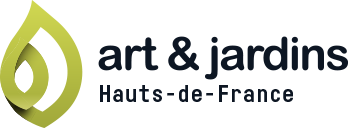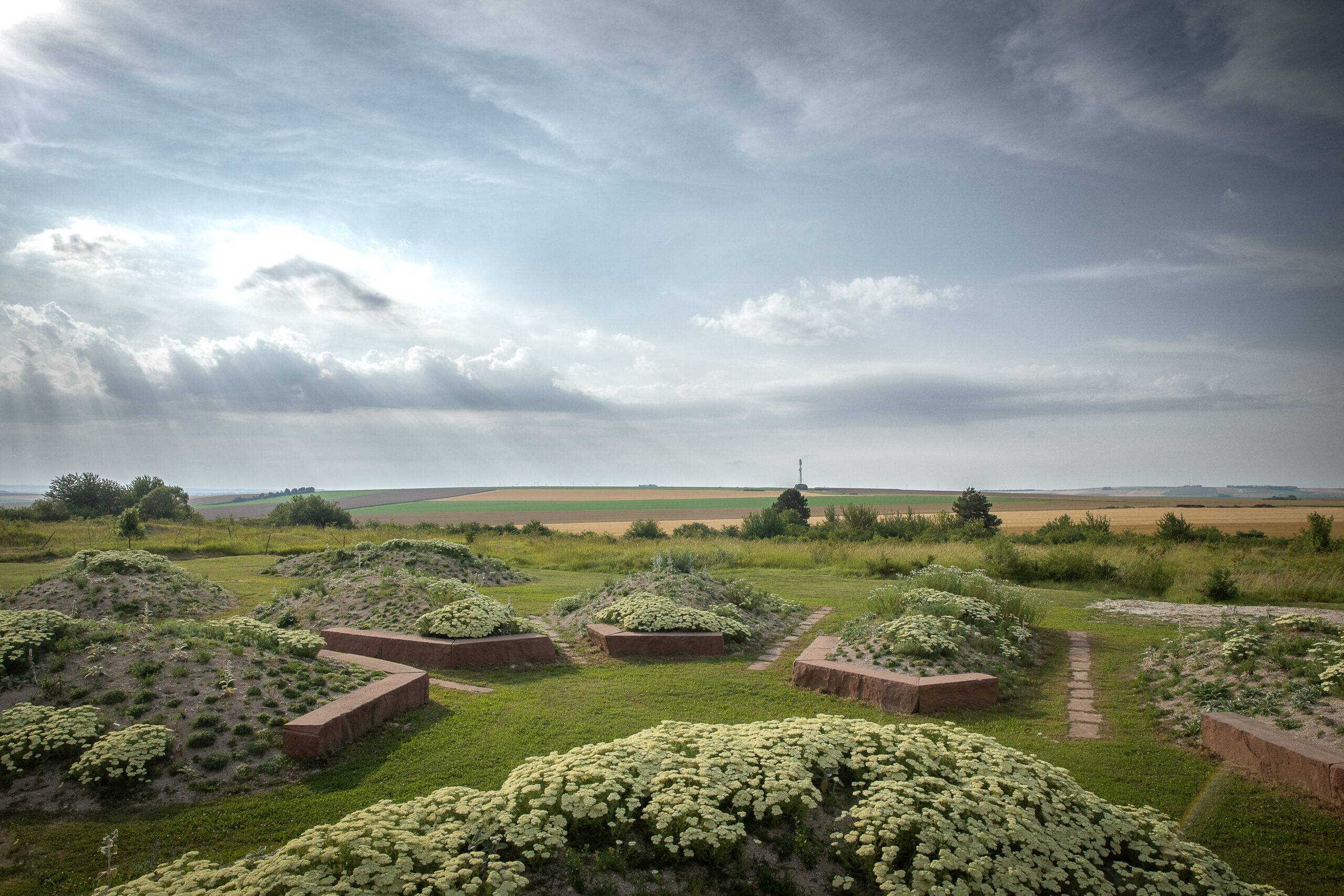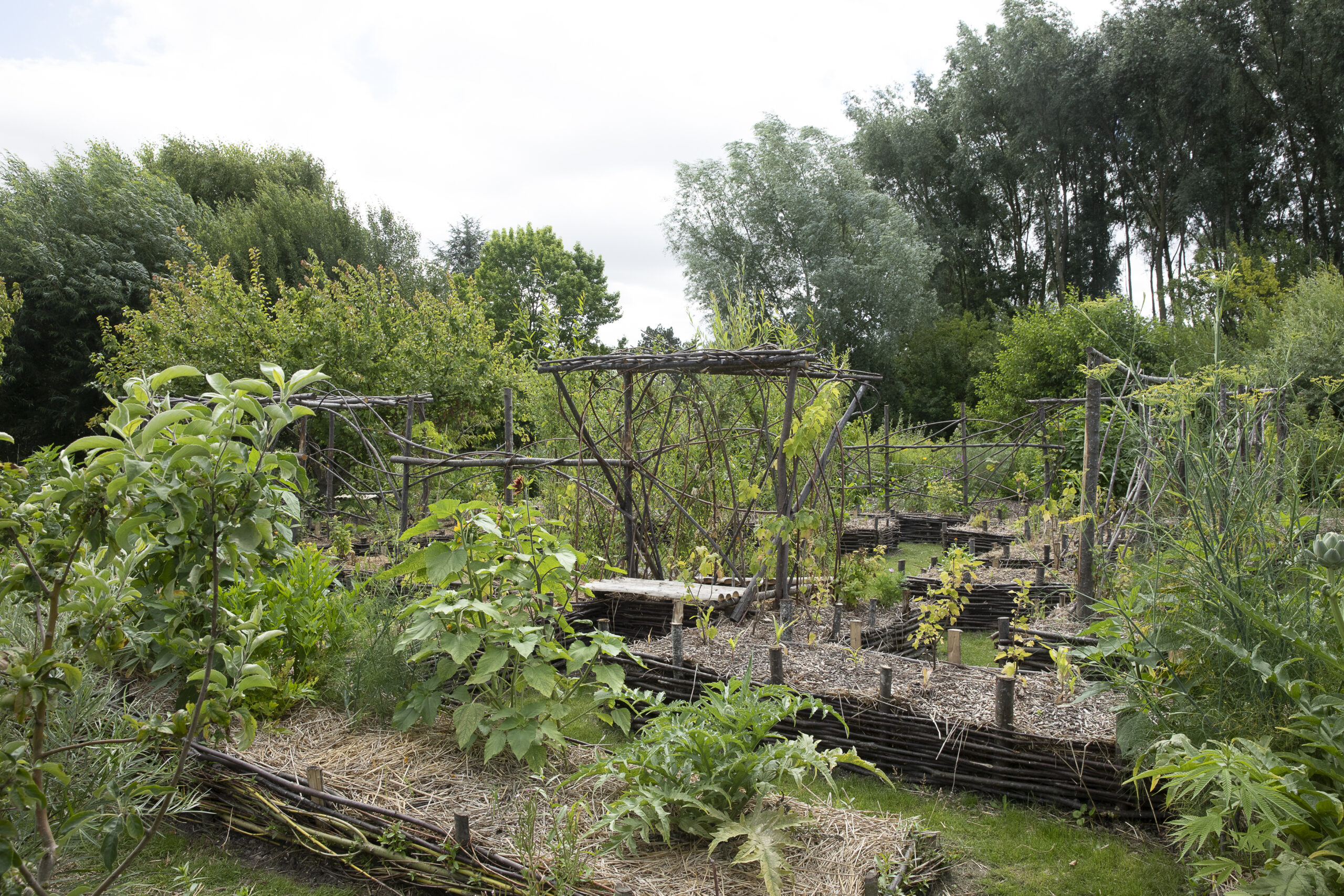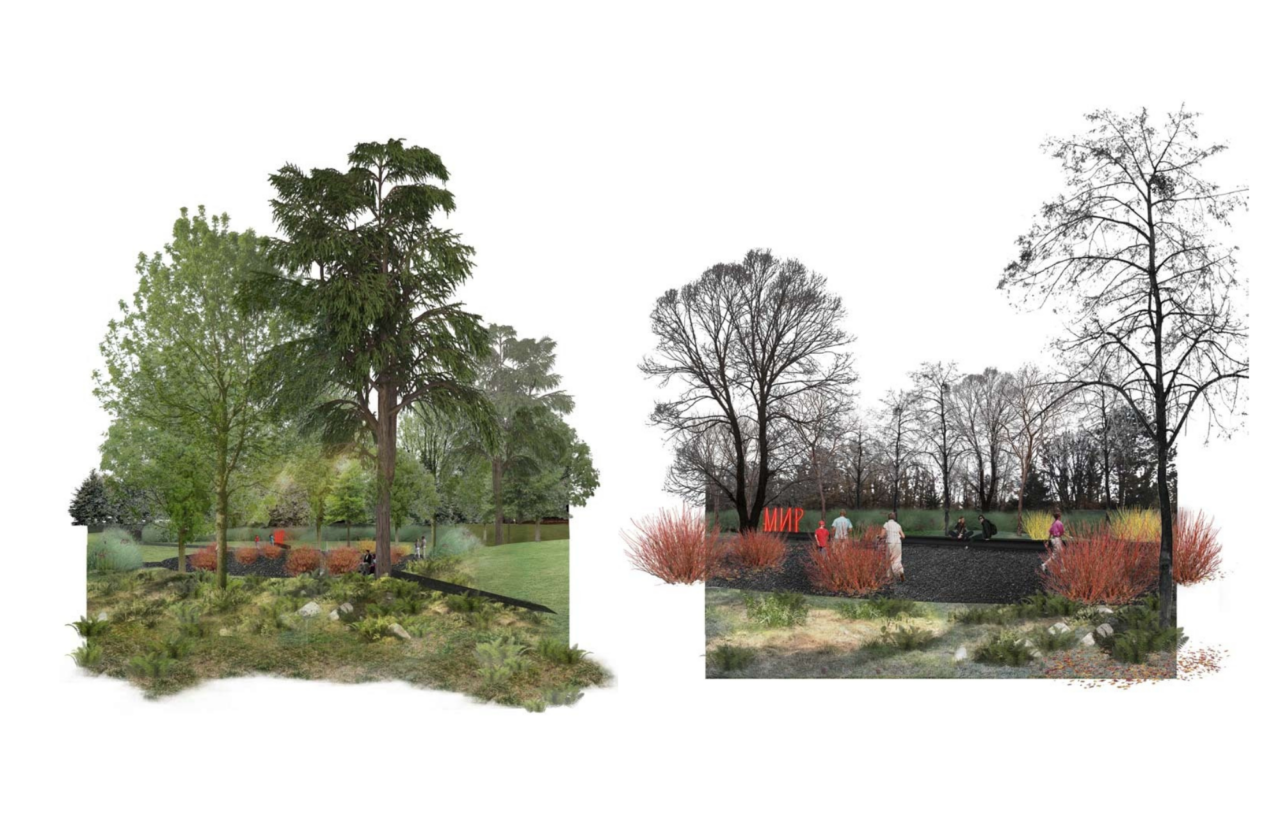“We are a garden of remembrance”
— by Alessandro Trivelli, Silvia Calatroni, Elena Markitantova, Tatiana Pletneva et Maria Bonazzi
The Garden of Peace in Metz pays tribute to women, the driving forces of peace at the heart of men’s wars.
Designed as a place of tranquillity and reflection, the garden gives almost as much prominence to emptiness as to the elements themselves. Its layout evokes traces of artistic memory, joyful and tragic events, as well as the connection between Russia and France through artists who experienced this link, such as Sonia Delaunay.
The garden draws inspiration from the avant-garde works of Rodchenko and Delaunay, combined with the Slavic folk festival Ivan Kupala — a midsummer celebration marked by ritual fires, also symbolically evoking the flames of war — and the grand landscapes of Ivan Sishkin.
Two large raised earth circles suggest the scars of a fallen bomb, gradually reclaimed by victorious nature, which mingles with the site to create a protected space. These circular forms isolate the garden from the demons of war or of the earth, while also referencing the Ivan Kupala festival and its ritual fires, symbolically reminiscent of the flames of conflict.
At the centre, a void is bordered by two long recycled iron industrial profiles, positioned north to south to evoke the imaginary line of the Eastern Front. Embedded into the ground, these profiles become a bench crossing the garden, carrying the red inscription « МИР » (MIR – peace in Cyrillic), like a perpetual and burning light of peace, visible from both east and west.
A white gravel circle leads to this “light of peace” and is dotted with red-barked dogwoods and perennials. Beneath the existing trees, ferns and other understated plants spread silently by spores, a metaphor for peace among peoples.
As in Russian avant-garde art, the writing within the garden becomes three-dimensional and alive, serving as both a reminder and a warning for future generations.




